“A woman in her 60s comes in for her annual physical. She feels fine. Still, there are things she’s eager to discuss with me. She’s terrified she’ll again come down with the illness that put her in the hospital a couple of years ago. Her kids are an ongoing source of stress. I turn my…
Physician's story
Clinical Corner: OpenNotes at BIDMC
Q & A with Tom Delbanco and Jan Walker You probably know that your doctors, nurses and other care providers write a note after an appointment or discussion, and that the note becomes part of your medical record. Beth Israel Deaconess Medical Center is one of the first hospitals in the United States to invite patients…
RWJF Blog: Dr. Bruce McCarthy of Columbia St. Mary’s on Adopting OpenNotes
On Nov. 1, Columbia St. Mary’s Health System in Milwaukee became the first hospital in Wisconsin to implement OpenNotes. Beginning this month, some 1,100 multi-specialty doctors, nurse practitioners, and others who write visit notes will be sharing them with more than 300,000 patients via a secure online portal. Read the interview with Dr. Bruce McCarthy on…
OpenNotes: Hospitalists’ challenge and opportunity
Dr. Henry Feldman and co-authors explore the implications of giving patients on the hospital wards real time access to notes. This article discusses opportunities to use shared visit notes to partner with patients and their caregivers, at the bedside and after discharge. An early view of, “OpenNotes: Hospitalists’ Challenge and Opportunity,” published in the Journal…
KevinMD: Bringing OpenNotes to Geisinger
By Jon Darer Recently, over 520 of our doctors began sharing their office visit notes with patients. All primary care doctors and general pediatricians, and selected physicians within pediatric subspecialties, dermatology, endocrinology, pulmonology, nephrology, rheumatology, cardiology, cardiothoracic surgery, vascular surgery, neurosurgery, and women’s health—including obstetrics and gynecology and gynecologic oncology—are participating in OpenNotes. Read Dr Darer’s…
Kevin MD: Should OpenNotes become the standard of care?
By Leslie Kernisan, MD, MPH I support the fundamental tenets of OpenNotes and hope that all patients will have access to their notes within the next few years. To me the great overall value — both ethically and in terms of better health outcomes — of OpenNotes is a no-brainer. Read the full blog post…
Wise Patient: Open Medical Notes
By Sam Warren, March 17, 2013 How many of you, outside of my own patients, regularly read your doctor’s Assessment and Plan? My guess is 20%, tops, and that is the problem. The traditional audience for the A&P is anther physician – the same doctor next appointment, the sub-specialist, or the ER doctor on staff…
American Academy of Family Physicians Opinion: Why I Let My Patients See My Notes
The Robert Wood Johnson Foundation has dedicated $1.5 million to find out whether giving 25,000 patients access to the notes written by their 100 primary care physicians is a good thing. I can offer some perspective on this subject – for free – based on around 125,000 patient encounters over 25 years by one primary care…
The New York Times: Letting Patients Read the Doctor’s Notes
The patient, a wiry businessman in his 50s, needed a copy of his medical records to bring to a specialist for a second opinion. He assumed that getting the copies would be straightforward; the records were, after all, his. But after multiple trips to his doctor’s office and the hospital and several days of missed…
Journal of General Internal Medicine: The Essence of Morning
by Leonor Fernandez, MD Hot coffee beckons with its promise of contraband comfort on a cold and busy Monday morning. Ms. H, my first patient, has not arrived yet. I consider a quick dash downstairs to the coffee shop. I can usually make it back in 4 minutes.… I glance at my email. You have 2 newPatientSitemessages.…
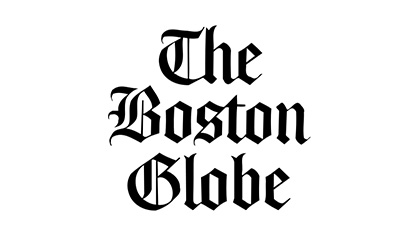
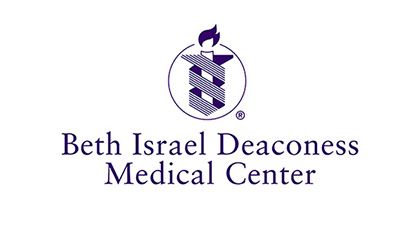
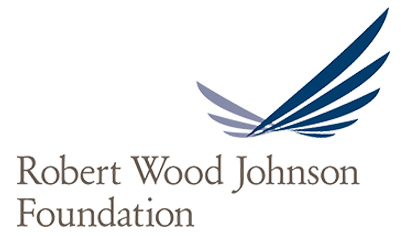
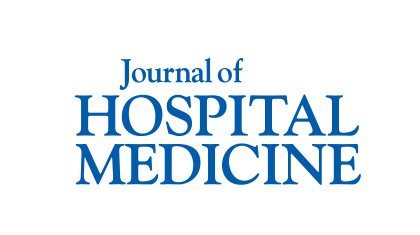
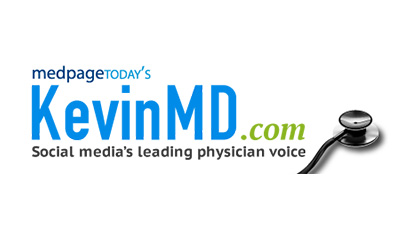
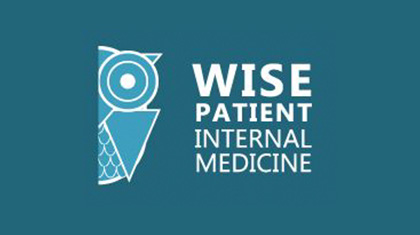
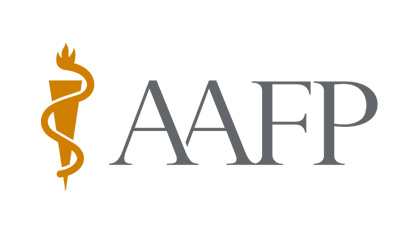
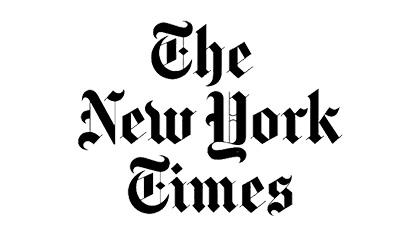
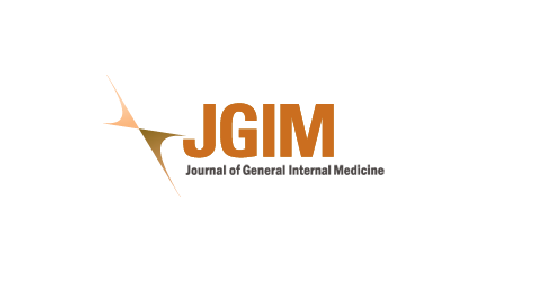




You must be logged in to post a comment.